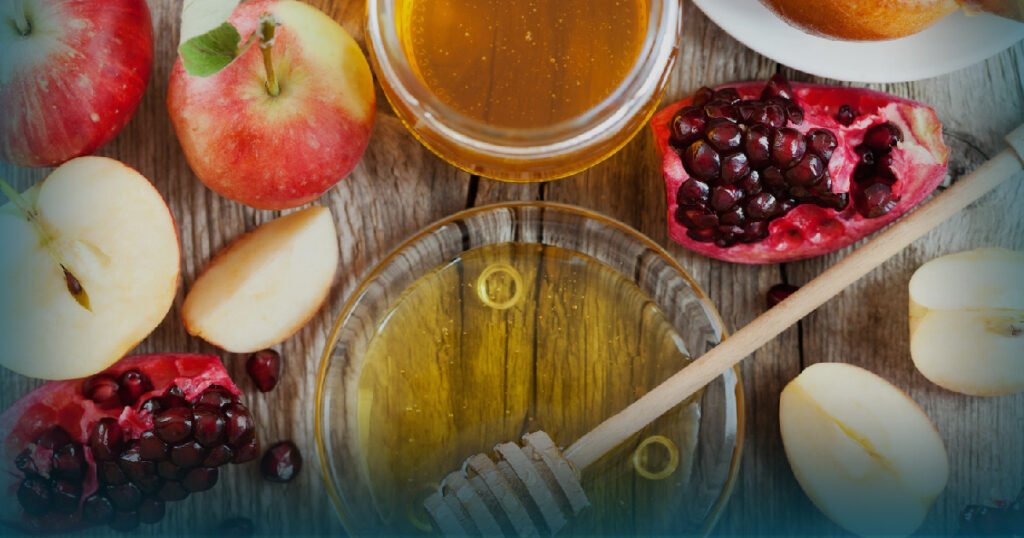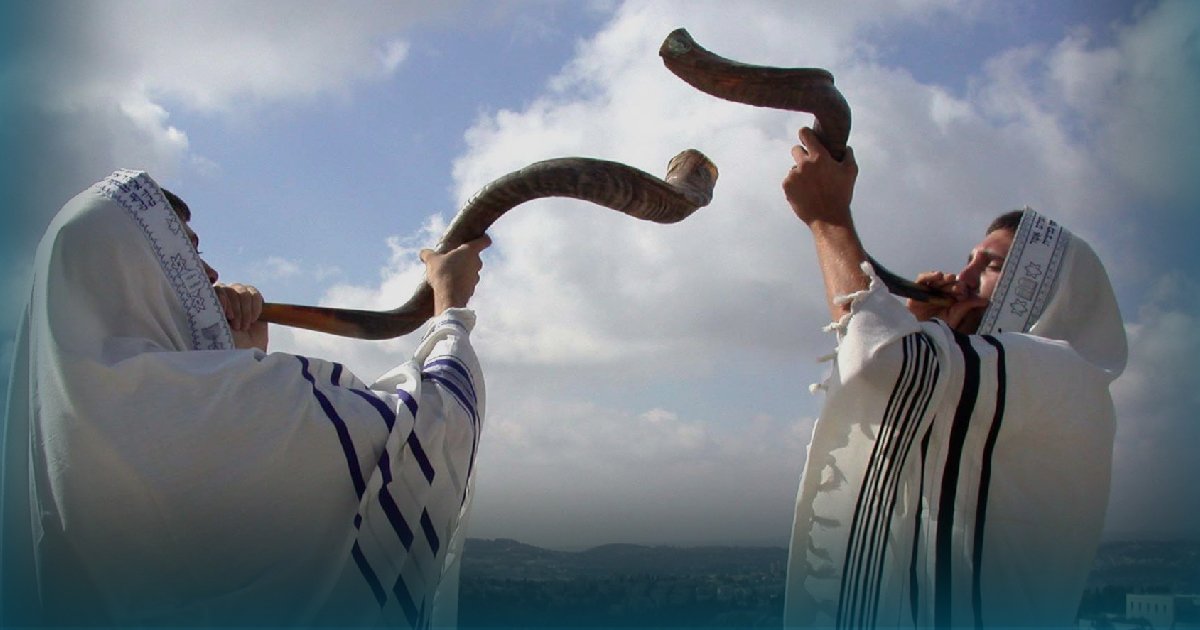Rosh Hashanah is known as the first of the year or the head of the year” in Hebrew. Rosh Hashanah is the Jewish New Year. Gatherings, food, and Prayers are held to celebrate it.
Rosh Hashanah, a two-day festival, marks the beginning of the Jewish “High Holidays,” a ten-day period of regret and prayer that wraps up with Yom Kippur, also known as the Day of Atonement and the holiest day of the Jewish calendar.
On Rosh Hashanah, Jews from around the world seek God’s forgiveness for the mistakes they’ve made in the previous year and promise not to repeat them in the new year.
Yom Kippur is the last of the 10 days of repentance that start with Rosh Hashanah. On this day, Jews held fast and spent more time in deep prayer, and it ended with the sound of the “shofar,” a trumpet made from a ram’s horn.
Rosh Hashanah is celebrated on the first day of the Hebrew month of Tishrei, which occurs in September or October on the Gregorian calendar, which is widely used around the world.
In 2023, Rosh Hashanah will start at sunset on Friday, September 15, and end at sunset on Friday, September 17. Yom Kippur will start next week on the evening of Sunday, September 24, and end on the evening of Monday, September 25.
Rosh Hashanah celebrations include specific meals, traditions, and mitzvahs, or commandments, and might differ from family to family. Many individuals attend ceremonies at a temple or synagogue, where a special ceremony is held in the new year with messages of hope and forgiveness.
During services, a hollowed-out ram’s horn called a shofar is sounded to awaken any spiritual slumber and prompt people to return to God and reflect on their sins.

Tzedakah, or giving back to those in need, is one of the most important parts of Rosh Hashanah. The belief is that by performing good activities, God will notice and reward them with a prosperous new year.
Rosh Hashanah’s Traditional Foods
Jewish households have a centuries-old custom of throwing breadcrumbs into bodies of water to represent putting away their sins.
On Rosh Hashanah, Fish is a traditional meal as it represents growth and prosperity. Some people will eat the fish’s head to show their wish to be leaders instead of followers this year.
Many Jews also eat challah bread and apples dipped in honey, which represents their sweet ambition for the New Year. Some of the Jewish families also eat pomegranate fruit because there are many seeds, which represent good fortune in the coming year.
Because Rosh Hashanah marks the beginning of the Jewish year, the most typical greeting is “Happy New Year.” “Shanah tovah” (pronounced shah-NAH toe-VAH) is the Hebrew counterpart, which translates as “good year.”
Shanah Tovah is another way of greeting, L’shana tovah u’metukah, which means “for a good and sweet year.” “Chag Sameach” (pronounced KHAHG sah-MEY-akh) is another way of greeting, which means “happy festival” or “Happy Holidays” in Hebrew.
Also Read: UAW Strike Caused a Big Crisis for the White House


Leave a Reply